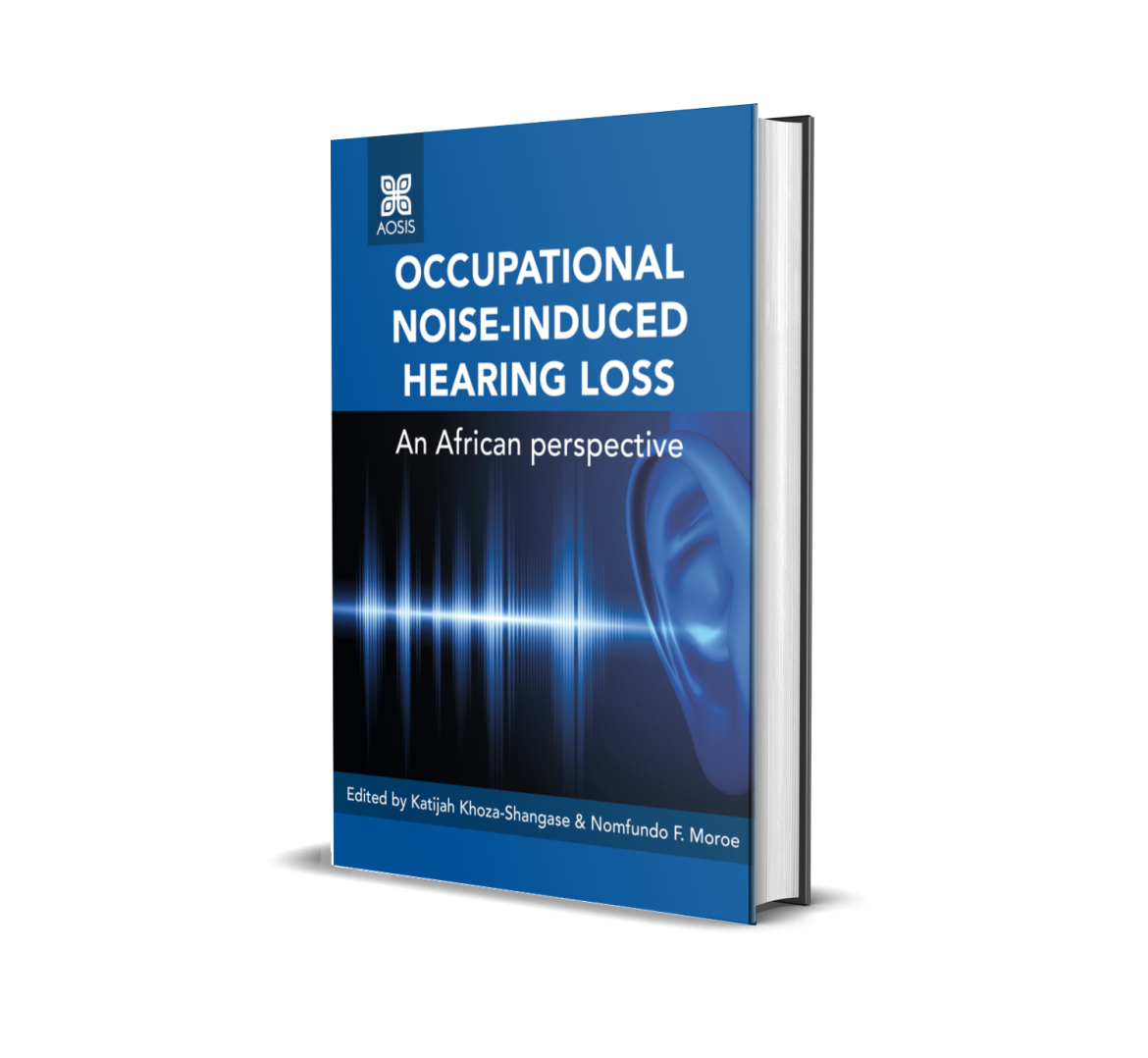Occupational noise-induced hearing loss: An African perspective is published by AOSIS Scholarly Books.
Within the well-documented understanding of occupational noise-induced hearing loss (ONIHL) being a complex occupational health condition requiring the adoption of the complex interventions approach to management, challenges confronting hearing conservation programmes (HCPs) within the African context need clear characterisation and insightful deliberation. Guided by the systems theory, to be realistic about the implementation, monitoring, as well as evaluation of outcomes of HCPs within the African mining context, this book is a call for a paradigm shift in the assessment and management of ONIHL and HCPs in African mines. This book, Occupational noise-induced hearing loss: An African perspective, equips researchers involved in the management of ONIHL and implementation of HCPs with evidence that allows for contextually relevant best practices in mine settings, particularly those located in low- and middle-income countries (LMICs). This best practice is multidisciplinary in nature and engages all stakeholders in all relevant sectors, with the goal of adopting a preventive audiology approach to ONIHL rather than the compensation-oriented approach that is currently prevailing. This book is a research-driven contribution to the occupational health and safety (OHS) space, with ONIHL as a focus case study, and it provides contemporary, contextually relevant, and responsive evidence related to ONIHL and HCPs in LMICs with a very specific focus on the South African context. This book expansively addresses all aspects of ONIHL and HCPs in one volume, with careful considerations of complexities and challenges to HCPs implementation, applicable specifically to LMICs, although useful globally. The book offers potential solutions and recommendations for all challenges identified, having carefully and deliberately engaged with local evidence, local context, and local policies and regulations to ensure an Afrocentric contribution to the world of evidence.
Copyright (c) 2022 Katijah Khoza-Shangase, Nomfundo F. Moroe (Volume editor)
This is an insightful and comprehensive book – a must-read for every scholar in the mining industry and also in health and safety. It provides the reader with some history of the mining industry in South Africa, explaining why it is so vital for the country, as well as the typical workforce. This information forms the foundation for the importance of ONIHL. The book also addresses the steady rise in technology and how the 4IR and hearing assessments may impact the mining industry. One of the best takeaway messages from this book is the fact that the authors are calling for a paradigm shift in the planning and management of hearing conservation programmes: the focus should as far as possible be on prevention and not only compensation. The authors highlight the integral part audiologists play in hearing conservation programmes, and also illustrate how few are actively involved in these programmes.
Dr Christine Louw, Department of Speech-Language Pathology and Audiology,
Faculty of Humanities, University of Pretoria, Pretoria, South Africa

